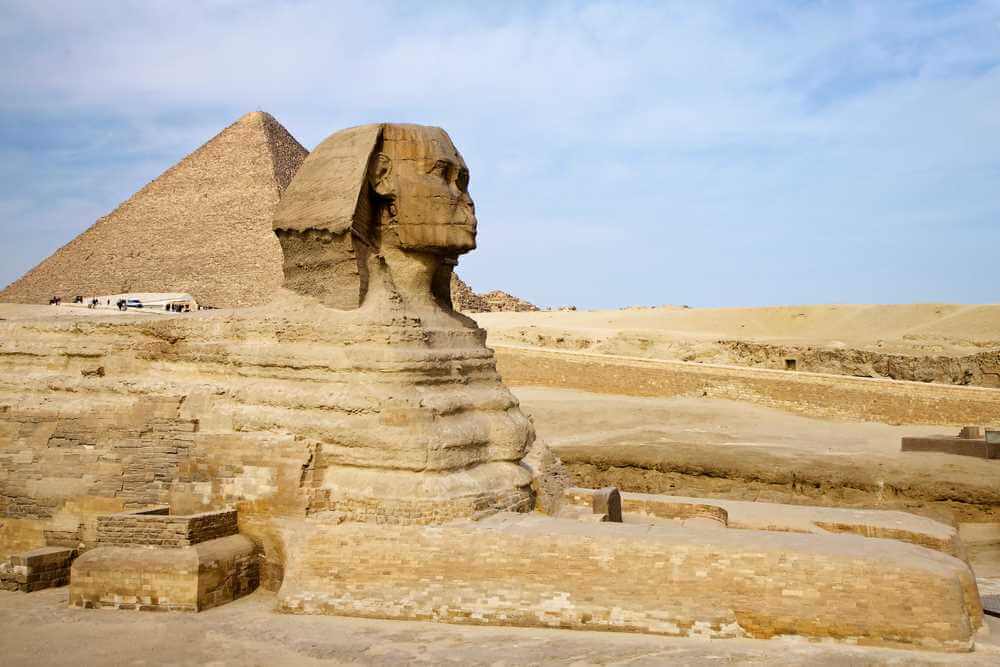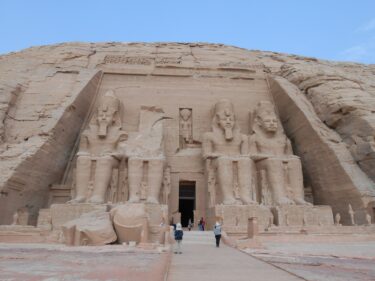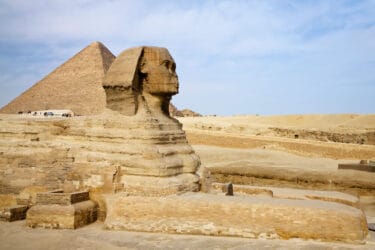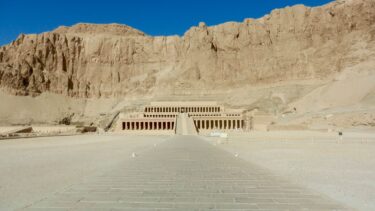When you travel with us on a guided tour of Egypt, it’s likely that the first and last stops on your journey will be the country’s beating, buzzing heart: the kinetic capital city of Cairo. While there’s ample adventure further up the Nile at iconic landmarks like Abu Simbel and the Temple of Karnak, you could easily spend weeks just in and around Cairo itself, touring the endless offerings of the city nicknamed the Mother of the World. It’s a well-earned moniker—religions, cultures, architecture, knowledge, cuisine, and traditions have flourished and intermingled here for millennia, spreading their progeny throughout the world and leaving their legacy scattered across the cityscape and beyond. From venerable Coptic churches to dazzling laser-light shows, and hearty dishes at koshary stands to towering monoliths in Saharan sands, there are hundreds of things to do and see in Cairo. Let’s take a look at the experiences that earn top billing on that lengthy list—here are the 10 best things to do in Cairo on a luxury Egypt tour.
Experience the Giza Pyramids and the Great Sphinx
Unmistakable in sight and inarguably unmissable on the best Egypt tours, the Giza Pyramids and the Great Sphinx have presided over the sands on the outskirts of Cairo for nearly 5,000 years to date. The sprawled-out Sphinx and the towering trio of pyramids—erected in the 26th century BC for 4th dynasty pharaohs Khufu, Khafre, and Menkaure—are veritable icons of Egypt, drawing some 14 million visitors each year to witness their weathered but stalwart facades. To be one of the multitudes lucky enough to see the gargantuan monuments in person is to understand that no matter how impressive the descriptions, there’s simply nothing like being there—the Pyramids of Giza are overwhelmingly awesome and staggeringly immense.
Ready for a closer look, then? Sun-scorched explorers may thrill at the idea of escaping the desert heat by entering the only remaining Wonder of the Ancient World, plumbing the depths of Khufu’s burial chamber under 6 million tons of stacked limestone—those looking for a more leisurely pursuit can enjoy a sunset stroll beneath the shadow-strewn face of the enigmatic Great Sphinx. However you choose to experience the wonders at the Giza complex, your private guide will ensure your time among the immemorial wonders is as seamless as it is memorable.
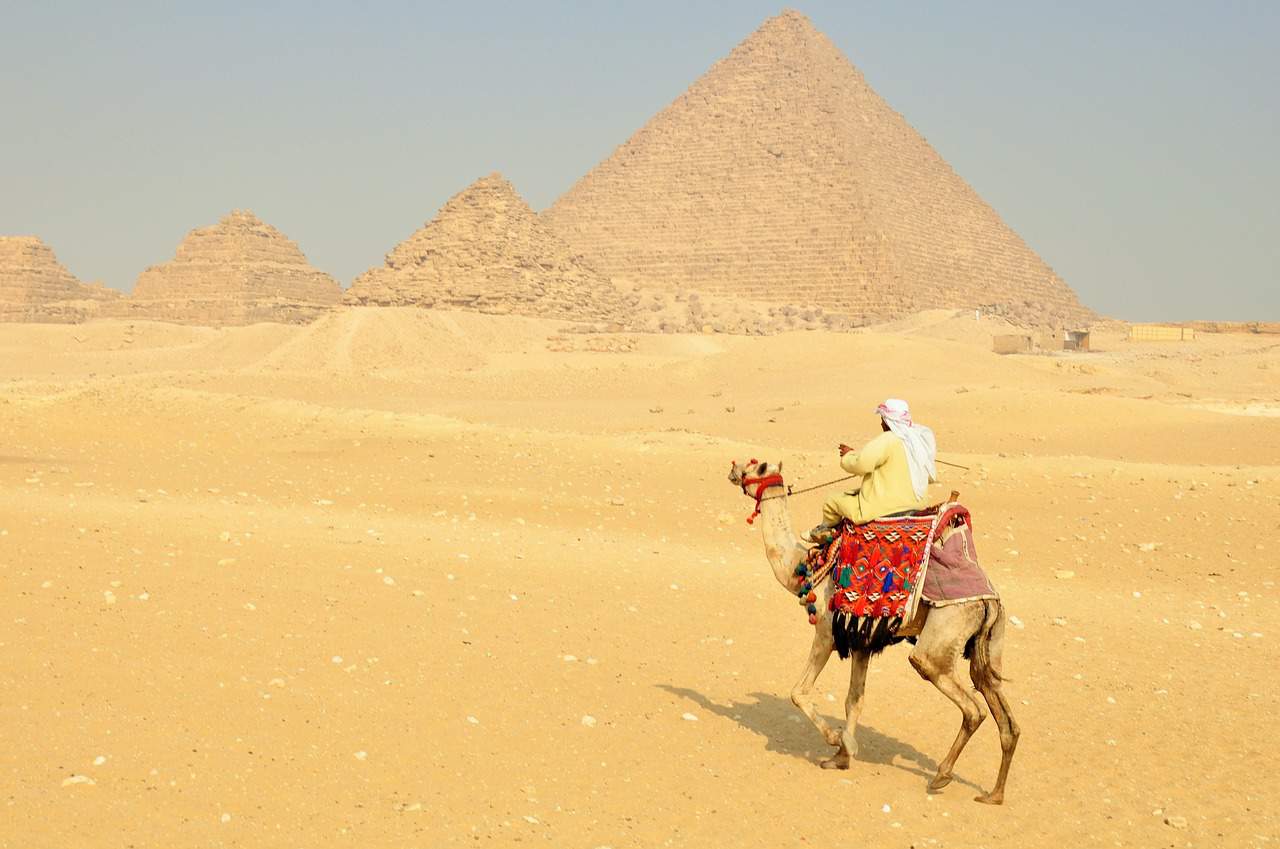
Witness the Pyramids Sound & Light Show
As the westward-facing Sphinx watches the setting sun sinks toward the horizon and the shadows of the pyramids stream across the dusty landscape in southern Cairo, the dusk deepens around the pyramids at the Giza complex—and after darkness covers all, these wonders are lit anew—this time with a modern treatment.
The Sound and Light Show is a multimedia, technicolor spectacular that bedazzles the Sphinx, the Great Pyramid, and the smaller foreground temples in laser light each night, turning the monochromatic stone walls into vivid canvases. Seated at the feet of the Great Sphinx—or perhaps in the comfort of your hotel balcony—watch and listen as the tales of the pharaohs are retold with a theatrical flourish, bringing the past to life with dramatic narration, colorful animation, and a mood-setting soundscape.
Take in the Museum of Egyptian Antiquities
Situated in the heart of downtown Cairo, the Museum of Egyptian Antiquities (often simply called the Egyptian Museum) is a repository and showcase for the world’s largest collection of ancient Egyptian relics and a must-see for any would-be archaeologist on their custom luxury Egypt tour. Originally dedicated in 1835, the museum has been location-hopping ever since for want of more spacious and dry locales (it was once flooded out by a rapidly rising Nile), eventually finding a home in its present spot on Tahrir Square.
To walk through its galleries is to take in at a glance more than 5,000 years of Egyptian history—featuring a rotating assortment of exhibited pieces from a formidable collection of 160,000 items. Among them are some rather recognizable relics: the Amarna-style bust of Akhenaten, the foundational Narmer Palette, and perhaps the most quintessential relic of the old Egyptian kingdoms: the magnificent golden funerary mask of King Tutankhamun.
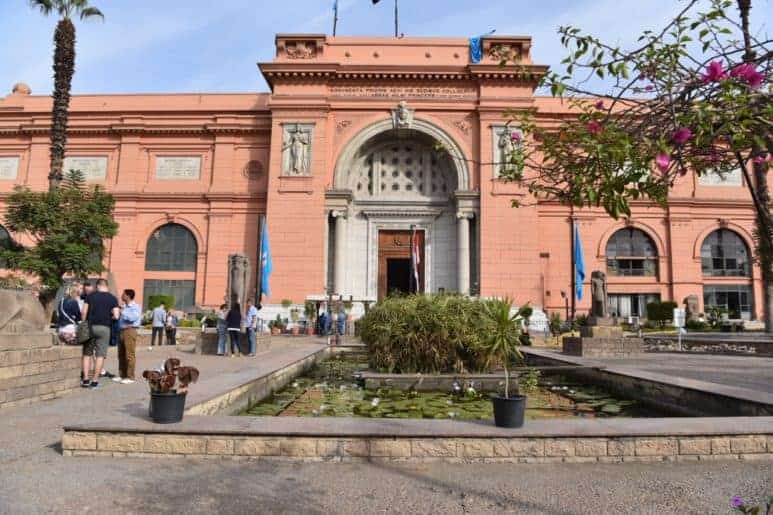
Go Walking in Memphis
Though little remains of the once-mighty capital of ancient Egypt, a visit to the strewn ruins of Memphis is an essential trek just beyond the limits of Cairo. Situated about a dozen miles south of Giza, what’s left of the White Walls (just one of the many epithets the city gained in its time) is largely a prolific scattering of timeworn statuary, decorated columns, carved stone blocks, and various other constructive elements established as an open-air museum for casual perusal.
A private guide is highly recommended for visiting the ruins of united Egypt’s first capital city. It’s nearly impossible to overstate the importance of a settlement so heavily intertwined with the evolution of a nation over thousands of years—and which was also, for nearly a full millennium of its reign, the most populous city on the face of the Earth. Stories upon stories of Egyptian history lay all around in barely outlined temples of 4,000 years past and faded scenes etched into weathered rock—a personal Egyptologist guide and a rich imagination are all you need to bring these vestiges of the past back to life before your very eyes.
Survey the Sands of Saqqara
Every prosperous ancient Egyptian city needed a place to bury its dead, and grand Memphis was no exception. In fact, Egypt’s first capital made use of at least three locations in the deserts to its west to bury its dead—Dahshur, Abusir, and, most notably, Saqqara.
Covering an area of over 10 square kilometers, the vast necropolis of Saqqara was an esteemed burial ground for royalty, nobles, and fortunate commoners for many thousands of years. A total of 17 Egyptian kings built tombs and monuments at Saqqara, with constructions as recent as the Early Islamic period of the 7th century AD and dating back as far as the First Dynasty of the Old Kingdom—contemporaneous with the founding of Memphis, circa 3100 BC. In fact, the world’s oldest known complete stone building still stands at Saqqara: the famous Step Pyramid of Djoser.
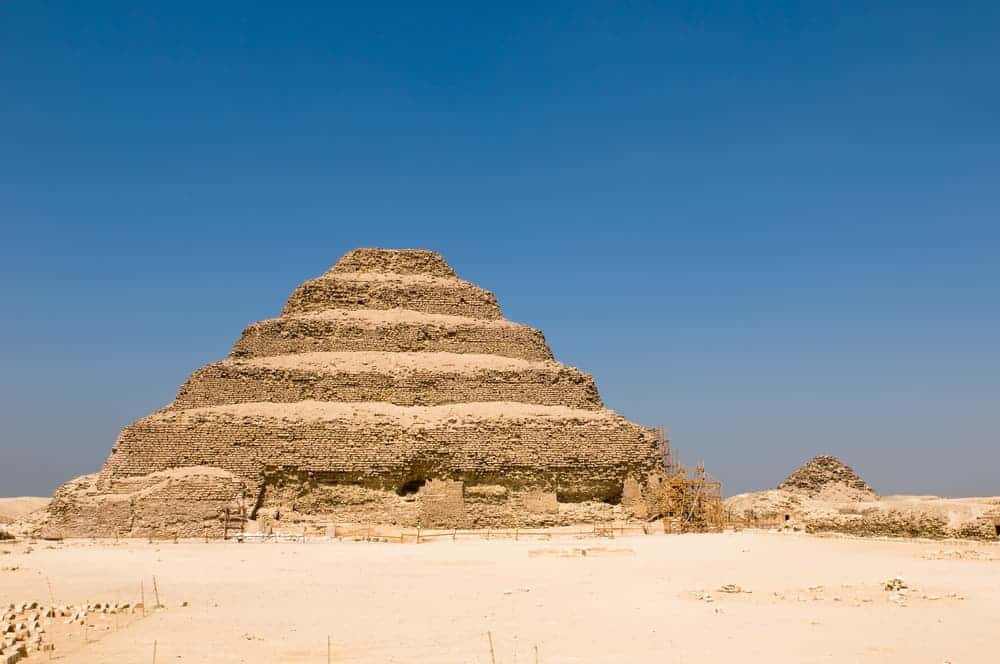
Visitors on a guided tour of Egypt can now enter the once-closed Pyramid of Djoser after years of extensive renovations or take a walk through the brilliantly decorated Mastaba of Ti. Ancient Memphians also honored their departed animal companions at Saqqara—the subterranean Serapeum houses the remains of over 60 sacred Apis bulls in 80-ton sarcophagi, and the Sacred Animal Necropolis at the northern end of Saqqara is the final resting place for a recently discovered (and thoroughly mind-boggling) 8 million mummified canines.
Explore Old Islamic Cairo
Just to the east of Cairo’s downtown lies one of the oldest parts of the modern metropolis—a neighborhood built atop the old walled pre-Cairo city of al-Qahira and comprised of numerous exquisite examples of early Islamic architecture: Old Islamic Cairo. Mosques, madrasas, tombs, caravan rests, and fortifications number in the hundreds here, some of them dating back as far as the Muslim conquest of the 7th century AD, and many of them are still in use for religious services and daily activities.
The resplendent Al-Azhar Mosque, founded in 970 AD by Al-Mu’izz li-Din Allah, is a tour de force of changing Islamic architectural styles following the Fatimid dynasty—it also shares its grounds and name with the world’s 2nd-oldest continually run university. Reaching over 12 stories into the sky and stretching half a kilometer in length, the enormous Mosque-Madrassa of Sultan Hassan is massively unmissable from the outside. Inside, the 14th-century structure is perhaps most recognizable for its courtyard and adjoining iwans, featuring dozens of ornate sconces suspended from soaring, vaulted ceilings. And visible from almost anywhere in Cairo is the famed Mosque of Muhammad Ali, prominently situated atop the very summit of the Citadel of Cairo. Possessed of a cavernous and ornate interior, the mosque is well-known for its alabaster-clad courtyard—and is thought to be partially constructed of limestone from the Giza pyramids.
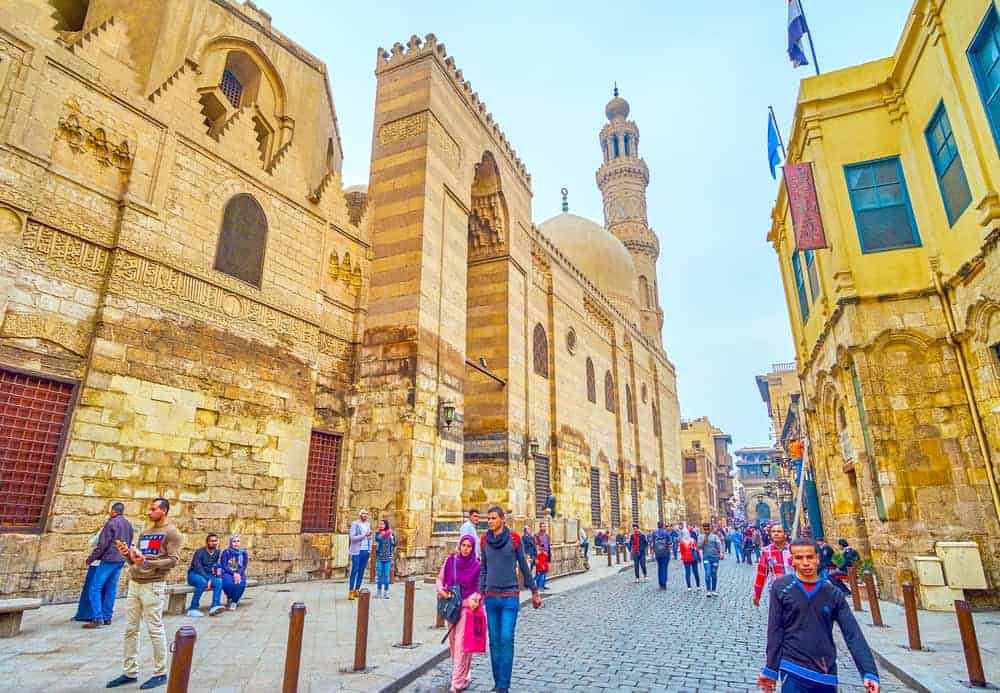
Visit Old Coptic Cairo and Coptic Churches
Long before Cairo was Cairo, ancient Persians established a stronghold just north of Memphis in the 6th century BC—many hundreds of years later, this Babylon Fortress became a bastion of early Christianity in Roman-era Egypt, spreading in influence geographically to encompass an area now known as Coptic Cairo. The neighborhood, the extant fortifications, and the numerous surviving churches that still stand around the antediluvian fortress are all highly rewarding outings on the best Egypt tours.
Likely the most famous church within Coptic Cairo is Saint Virgin Mary’s Coptic Orthodox Church—more popularly known as the Hanging Church due to its looming location over a passageway into the Babylon Fortress. This 7th-century church (with foundations dating back another three or four hundred years) has received numerous touch-ups to its gorgeous interior and stout exterior throughout its storied history and still holds services for the reverent to this day. Of particular importance to the Coptic Christian faith is Saint Mark’s Coptic Orthodox Cathedral, the Seat of the Coptic Orthodox Pope and until quite recently, the largest cathedral on the continent. More modern than the oldest Coptic churches by well over a millennium, the cathedral is located apart from Coptic Cairo in the Abbassia District and is the modern sanctuary for many relics of St. John the Evangelist. But if your interest is piqued by Egyptian Christian relics, you can hardly do better than a tour of the Coptic Museum in Coptic Cairo proper—situated amongst Coptic monuments like the Hanging Church and the church of St. Sergius. The museum has on continuous display a stunning collection of over 15,000 Coptic artifacts.
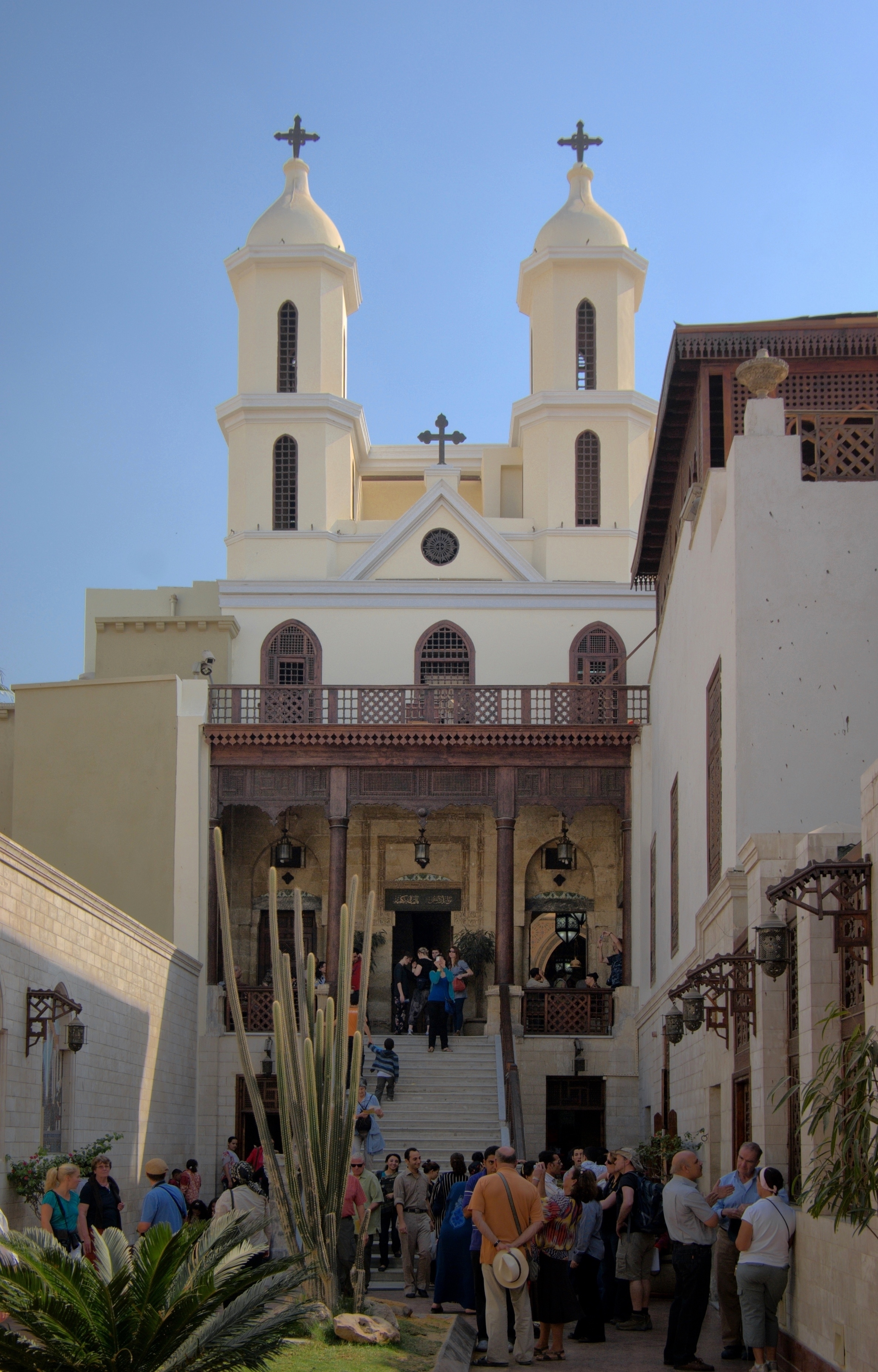
Learn about Jewish Cairo
As must be expected of its role as a cultural crossroads, Jewish settlements were an integral part of Cairo’s history even as far back as the very founding of the city. Though the events of the 20th century saw the population of Jews in Cairo plummet from some 41,000 in the middle of the century to only the single digits today, there has been a renewed interest in recent years in the preservation and bolstering of Egypt’s Jewish legacy.
The Sha’ar Hashamaim and Maimonides synagogues of El Daher, both renovated a decade ago after years of unfortunate dilapidation, may take some advance planning to visit, between availability and security concerns—but a jaunt down to Old Cairo to set foot inside the Ben Ezra synagogue is highly recommended. Once a 9th-century Coptic Church, the synagogue of Ezra the Scribe is the source of the Cairo Genizah, an incomparable reliquary of half a million manuscript fragments covering over 1,000 years of Jewish, Fatimid, and North African history in various languages of the region—a collection of knowledge of inestimable value that is currently under study in institutions across the globe.
Bargain at Khan El-Khalili Bazaar
Glittering and glowing in the center of Islamic Cairo are the wares of the renowned souk and bazaar, Khan el-Khalili. Travelers and traders have bargained for provisions under the awnings of this inveterate caravanserai since the times of Fatimid rule in the 10th century—and now, if you’re after acquiring some curious trinkets or treasures, you can try your hand at haggling alongside the throngs of local Cairenes.
You’ll have your private Egyptologist guide at your side in case you need a helping hand in the deal-making process, but not to worry—Khan al-Khalili isn’t some tourist trap designed to lighten your pockets of Egyptian pounds. Though certain areas are indeed souvenir-laden, this sprawling and weaving marketplace is a daily stop for thousands of everyday Cairo shoppers picking up everything from spices to clothes to gadgets and more, creating as much of a colorful buzz within the bazaar as exists outside in the cacophonous cityscape. If you find yourself needing a break to peruse your acquisitions, seek out a moment’s solace in one of the many cafes tucked away amidst the chaotic mix.

Eat Your Fill at Cairo’s Local Restaurants
Spend enough time trying to keep up with the relentless pace of life in Cairo and you’ll find yourself striking up quite an appetite—so at some point during your exhilarating private tour of Cairo, you’re going to need to find a place to eat. As befitting a culturally complex international metropolis, you could dine on anything from tapas to sushi while you’re here, but we’ll safely assume you’re hungry for more regional fare.
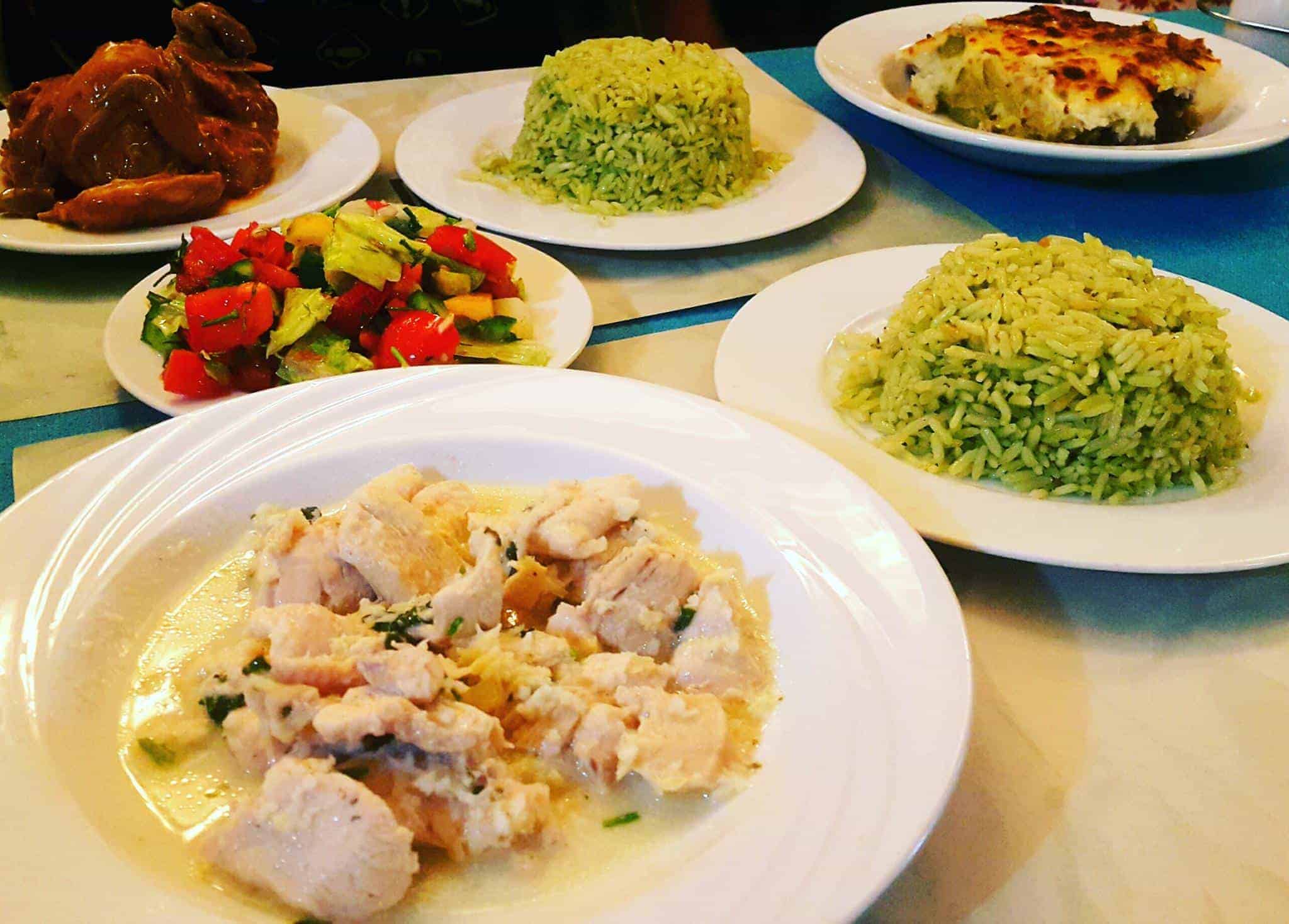
If you’re feeling fancy, there’s really no beating the finer dining treatment of Egyptian standards and high-class service at Al Khal Egyptian Restaurant in the Citystars Heliopolis complex—unless you also count Zitouni of the Four Seasons. For some lighter-wallet options, consider the authentic home-kitchen meals at Fasahet Somaya, where seating is cozy and limited and what’s for dinner is whatever the chef—that would be Somaya—is cooking that night. And if energy’s what you’re in dire need of, look no further than Koshary Abou Tarek, where foreigners on guided tours of Egypt squeeze in next to neighborhood regulars to pack in bowls of Egypt’s national dish: koshary. A heaping helping of assorted carbs (how’d macaroni make its way in there?) slathered in spicy shatta and sharp dakka sauces, koshary will keep you going long enough to do your adventuring all over again. Don’t forget to check out our guide for the best restaurants in Cairo.
